
Product information
André Perret Condrieu ‘Coteau de Chéry’ 2018
Viognier from Condrieu, Northern Rhône, Rhône Valley, France
$159
Description
A single-vineyard offering from the Coteau de Chéry, one of the appellation’s most valued terroirs. The grapes from these 50yr old vines are fermented in stainless steel (one third) and barrique of which 25% is new oak. The wine is aged for one year on lees in barrique and a further three months in stainless steel before being bottled.
Widely known as the King of Condrieu, Andre Perret is considered one of the finest producers of white wine in the Rhône Valley. Andre Perret gained his title with his Burgundian approach in his multiple cuvees and meticulous work in the winery.
Out of stock


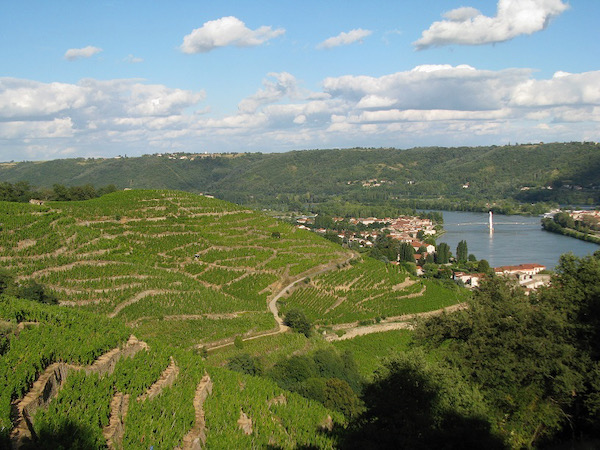


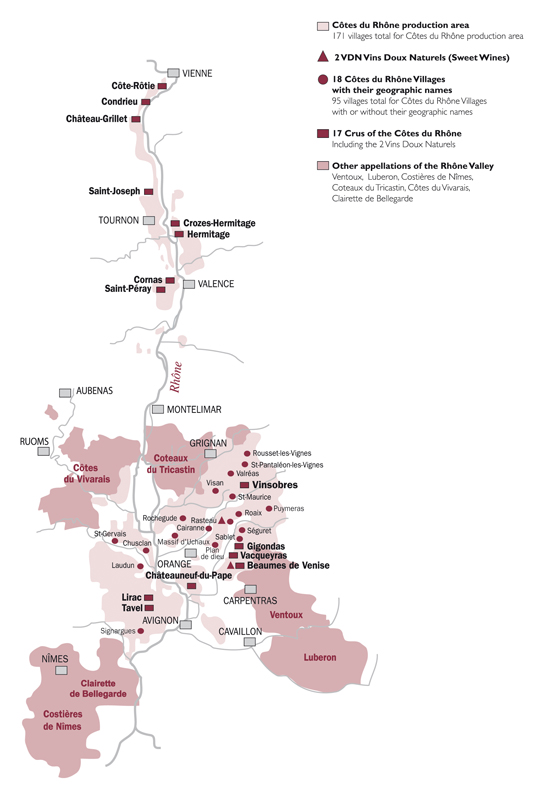
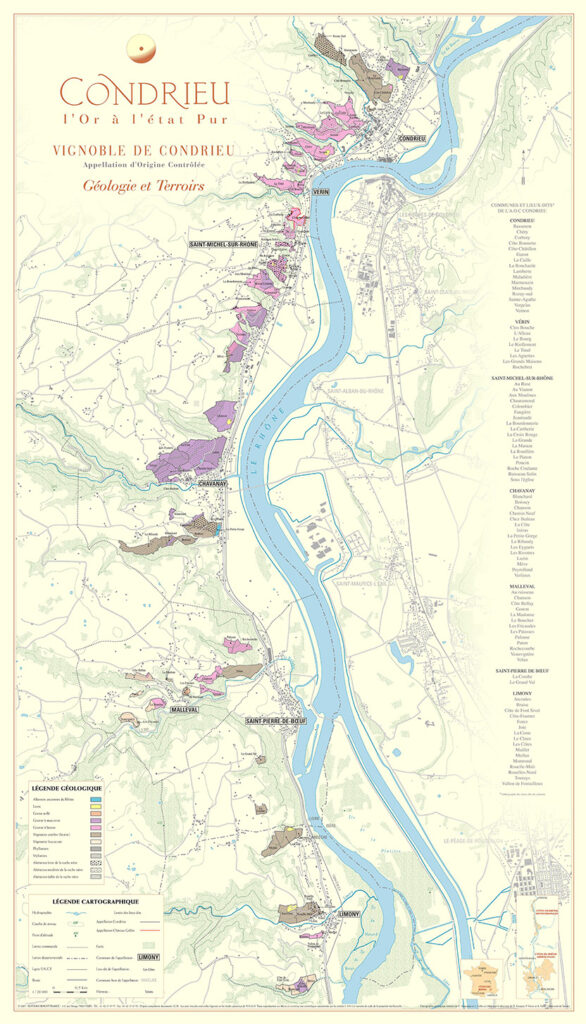
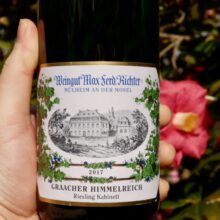

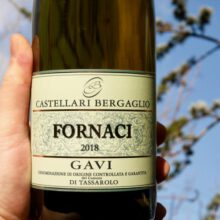
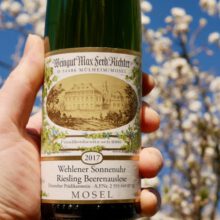
You must be logged in to post a comment.